22 avril 2025
My first React project: Picksale
6 minutes de lecture

Facing that blank page, it was hard not to think back to my early days as a rookie developer, that moment when I’d stare at my screen, desperately looking for a starting point. Today, I want to tell you about Picksale, my very first project—the one that taught me most of what I know about programming.
I hope this story will inspire those just starting out. And for more seasoned developers, maybe it’ll bring back a bit of nostalgia from your own junior years.
Picksale: a blank canvas
An e-commerce platform that lets creators open their own online shop. That was the general idea behind the project I was handed two years ago. I remember nodding with the confidence of an expert, but once I was staring at my virtual canvas, I quickly realized how big the task ahead really was.
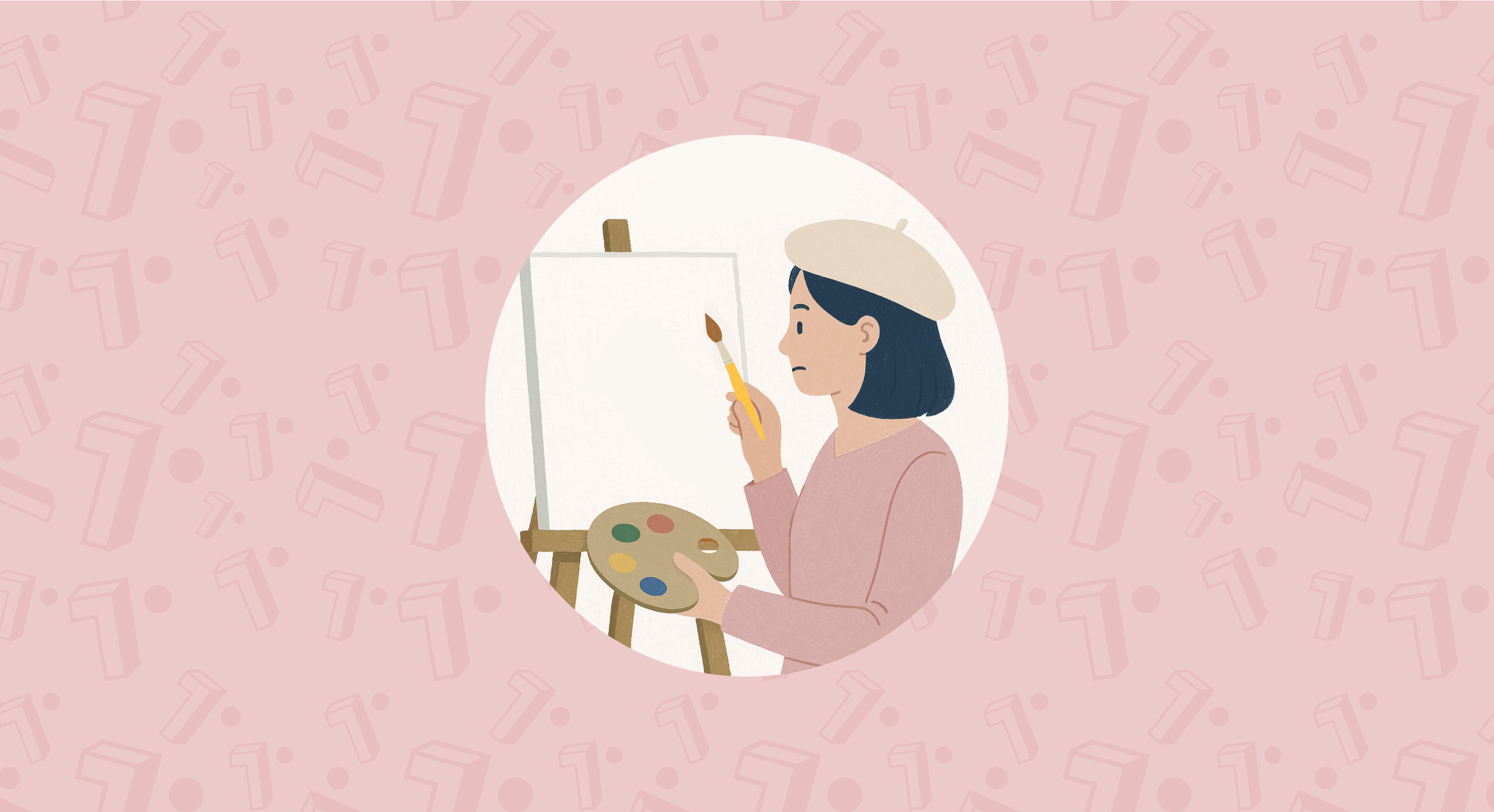
If artists freeze in front of a blank canvas, junior developers do too when they open a freshly cloned repo. Luckily, I wasn’t alone in this digital studio. My mentor and teammates were there to help me blend my first colors. They didn’t just answer my questions, they taught me how to find the answers myself.
And in this quest, here’s the set of tools I was given to bring Picksale to life:
🎨 React & Next.js – My brush and palette. Next.js taught me the art of client-side and server-side rendering, concepts that felt as cryptic to me back then as abstract art.
🖍 Chakra UI – A ready-made color kit. Instead of reinventing CSS from scratch, I learned to style components with surprising ease. Kind of like painting by numbers: use the right components, and it all comes together.
🛠 Prisma – My guide to taming the database. Diving into raw PostgreSQL? Way too intense for a beginner. Prisma was my fine brush, letting me read and write data with clarity and control.
💳 Stripe – The final varnish. Handling online payments? A daunting challenge. But with Stripe, I learned that complexity could be hidden behind well-designed APIs. I still remember the thrill of that first successful payment on Picksale, kind of like seeing your painting framed in a gallery.
A masterpiece... or not?
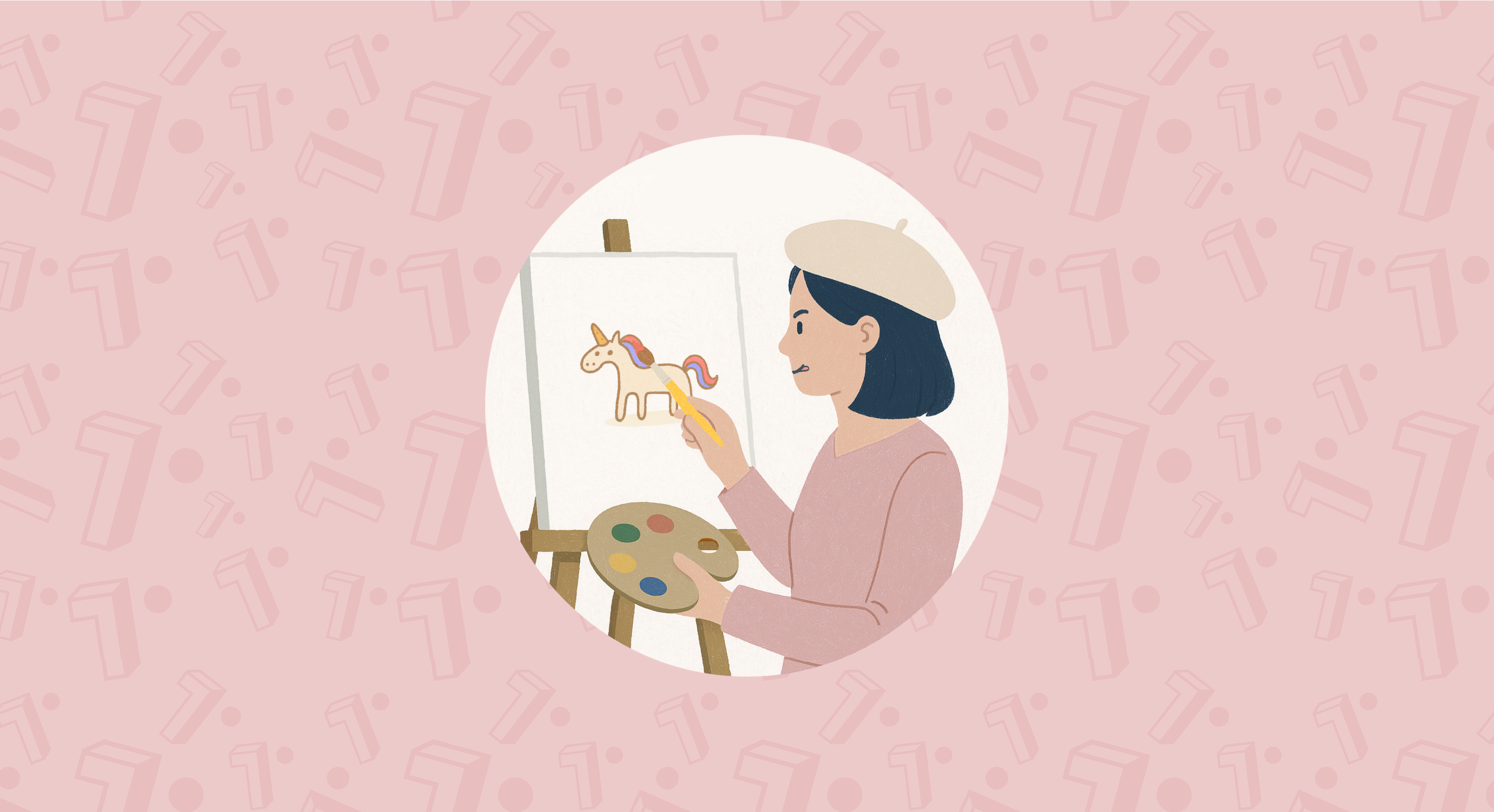
Failing to plan is planning to fail. And I did plan, I really did—but I also spent hours designing... a true monstrosity. When I think back to that first mockup, I can’t help but laugh (and blush). In my mind, it looked clean, innovative, minimalist… in reality, it was a pastel nightmare fueled by pure naivety.
If I had to describe that piece of art, it would be a full-on visual assault: a color palette that could make a rainbow weep, buttons the size of donuts, and a layout that could rival the worst of '90s web design. Thankfully, one of my teammates stepped in and rescued Picksale’s visual direction with a clean, modern touch. Despite this much-needed makeover, my original masterpiece still lives on in GitHub commits and Vercel deployments.
I just hope no one gets curious enough to dig it up… or if they do, that they’ll be kind in their critique.
Learning to paint together

After months of hard work, Picksale had become my baby. My code, my decisions, my precious. When someone suggested a change, I’d get as defensive as a cat guarding its food.
Luckily, over time, I learned to let go and open my mind. Working with my teammate helped me understand that teamwork wasn’t a constraint—it was a superpower. At first, her choices in colors and structure were different from what I would have done. But gradually, I realized I had access to her unique palette too: her expertise, her vision, and her fresh perspective.
Collaboration isn’t just compromise—it’s the fusion of ideas that creates something much richer than what you could build alone. In the end, a project is like a giant painting where every brushstroke matters, even the ones that aren’t yours.
The Art of Debugging
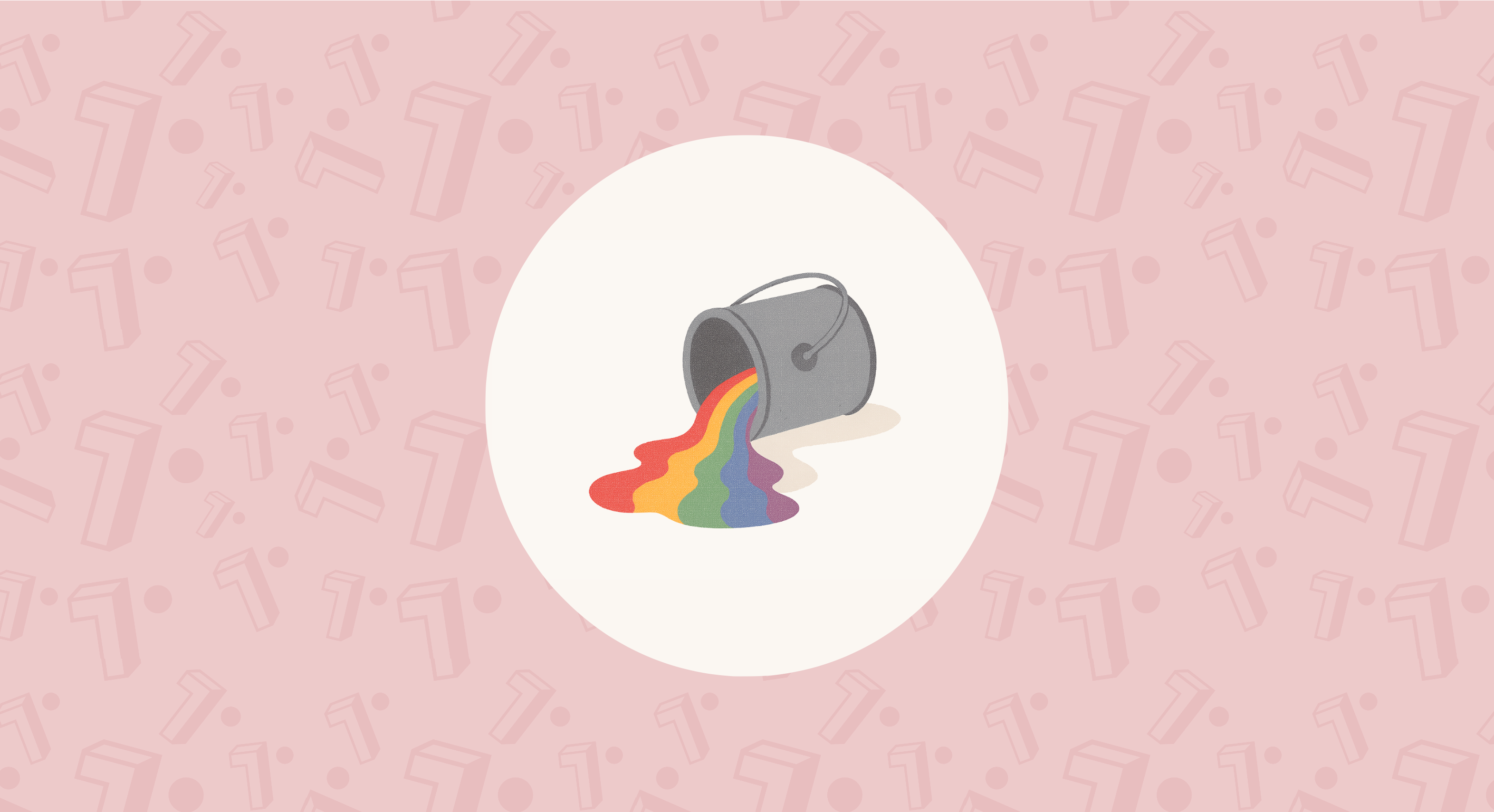
If everything started out as a clean canvas, by the time Picksale reached maturity, the painting had gotten a bit messy. Unpredictable bugs, mysterious data losses, weird behaviors that only showed up in production (of course).
Every day brought new surprises—rarely pleasant ones. I’ve felt the stress of seeing a feature break for no reason, and the panic of fixing one bug that creates three more. In the middle of my distress, a colleague (a true advocate for automated testing) stepped in: it was time to bring Playwright into the picture. Since then, every pull request is reviewed by this strict, no-nonsense art critic—sometimes kind, often harsh, always fair.
Today, after dealing with so many issues, I’ve learned to keep my cool and sharpen my approach. Even if the thought of a tricky bug still makes me sweat a little, I know I’ve got the tools and the experience to handle it. After all, development is a bit like restoring an old painting—there will always be cracks, but with patience and the right tools, nothing’s beyond repair.
And now?
The project that taught me so much is now a solid platform designed to simplify life for artists, designers, and digital makers.
With Picksale, anyone can shape their shop to reflect their style:
🎨 Advanced customization – Pick your colors, fonts, and add banners to create a space that feels truly yours.
📄 CMS and portfolio pages – Tell your story, share your world, and showcase your work like a real gallery.
🚚 Flexible shipping system – After a lot of trial and error, Picksale now offers a refined shipping setup made to handle both local and international orders.
📦 Order management dashboard – From confirmation to delivery, keep track of your orders and keep customers informed with automated emails.
🛠 And much more – Picksale keeps growing, with more tools constantly being added to support its users!
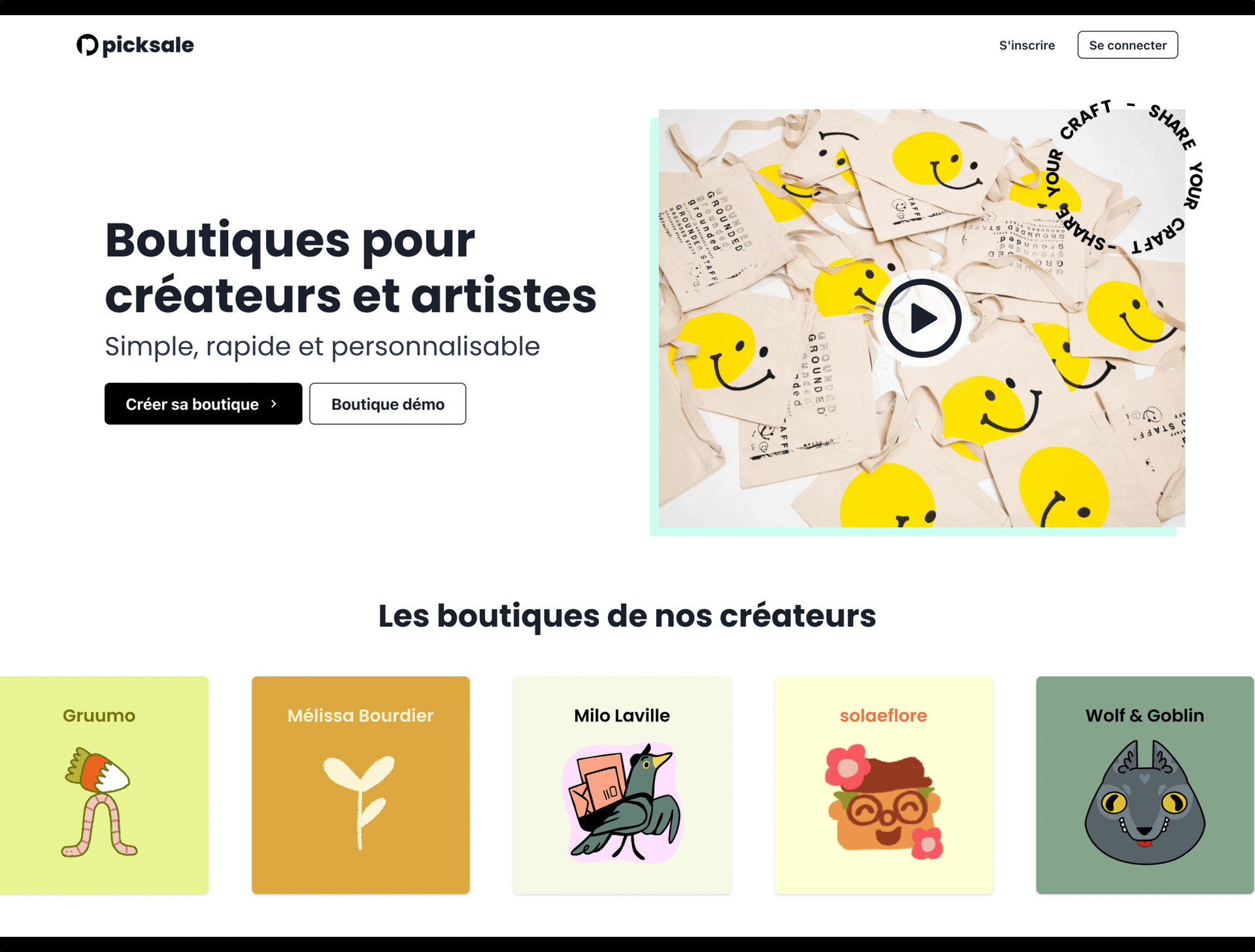
Today, the platform hosts over 100 shops and nearly 600 completed orders. For those ready to go further, the Pro plan includes an analytics dashboard powered by Plausible, discount codes, custom emails, and tons of exciting features coming soon!
If you’re looking for a fast, simple way to launch your online shop, I can only encourage you to check it out. Who knows? Maybe your own journey will start on the same blank canvas that meant so much to me.
Conclusion
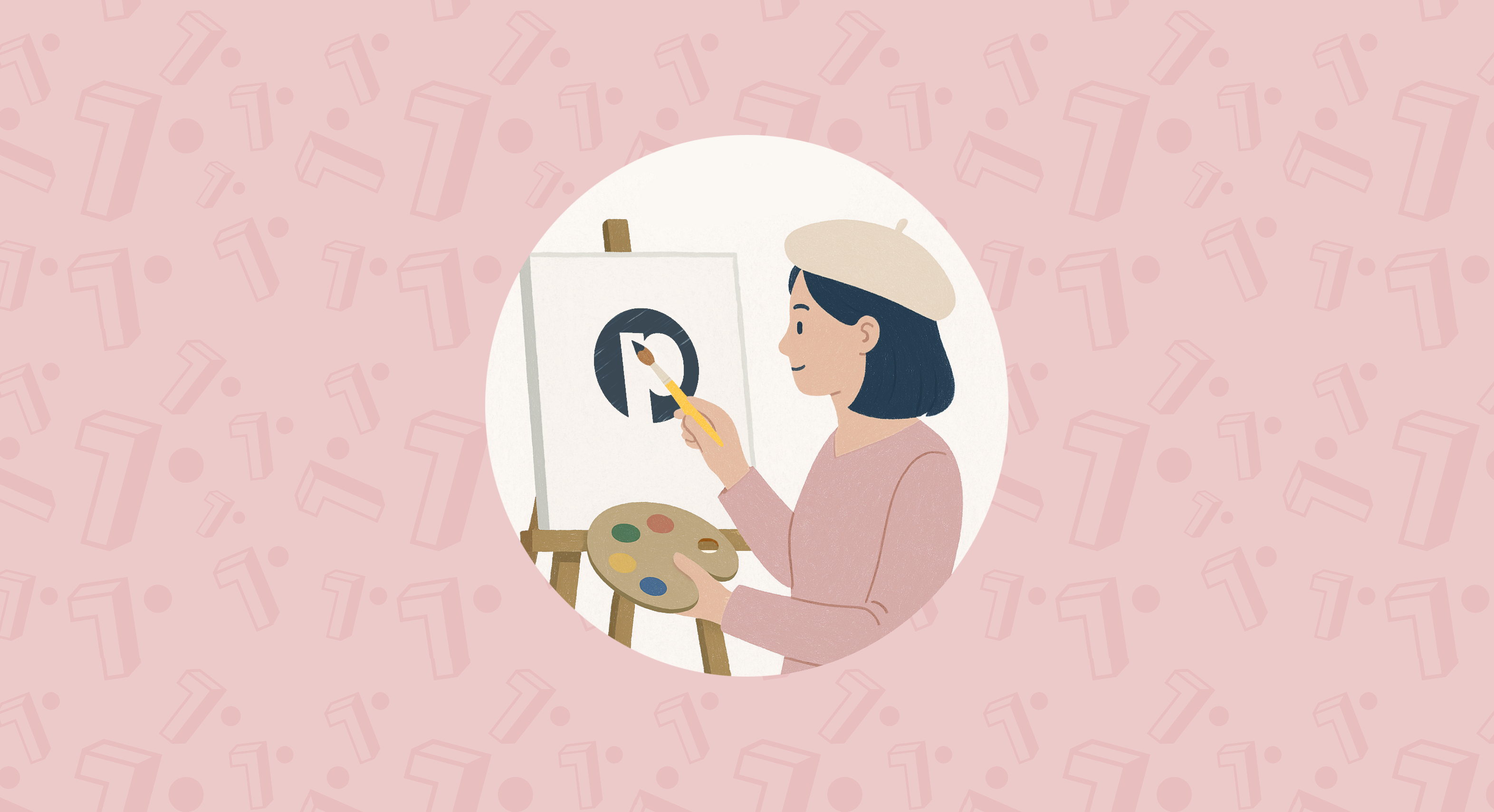
As you’ve probably guessed, none of this happened in a single brushstroke. I’ve written so many lines of code with pride, only to delete them in panic a few days later. Between my infinite-looping useEffect hooks and my components refreshing like strobe lights, I sometimes felt like the app was coming to life—in all the wrong ways.
But every bug was a touch-up, every refactor a more refined brushstroke. Little by little, I learned to see code differently—not just as a list of instructions, but as an evolving piece of art, polished line by line.
Two years later, Picksale is a stable, growing project with a bigger team, and I’ve become a much more confident developer. I can’t really put into words how joyful it is to get positive feedback from real users. Watching that order count slowly climb has been such a source of pride—knowing people are using something you helped build from scratch.
If you’re a junior and you’re doubting yourself, just remember this: in the beginning, we all paint like we’re wearing mittens. But with time, mistakes, and the right guidance, you’ll learn to control every brushstroke.
So hang in there, ask for help, and most of all, keep painting. One day, you’ll look back at your first project with the same pride I feel today when I think about Picksale.
Happy coding and beautiful canvases ahead! 🎨💻